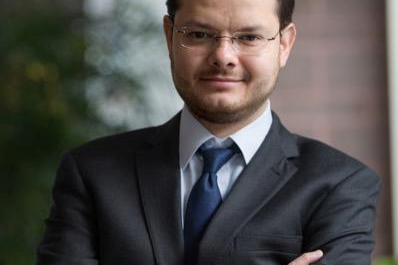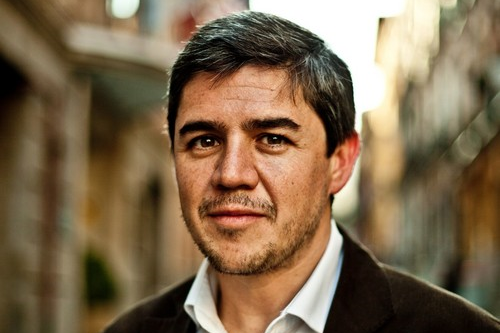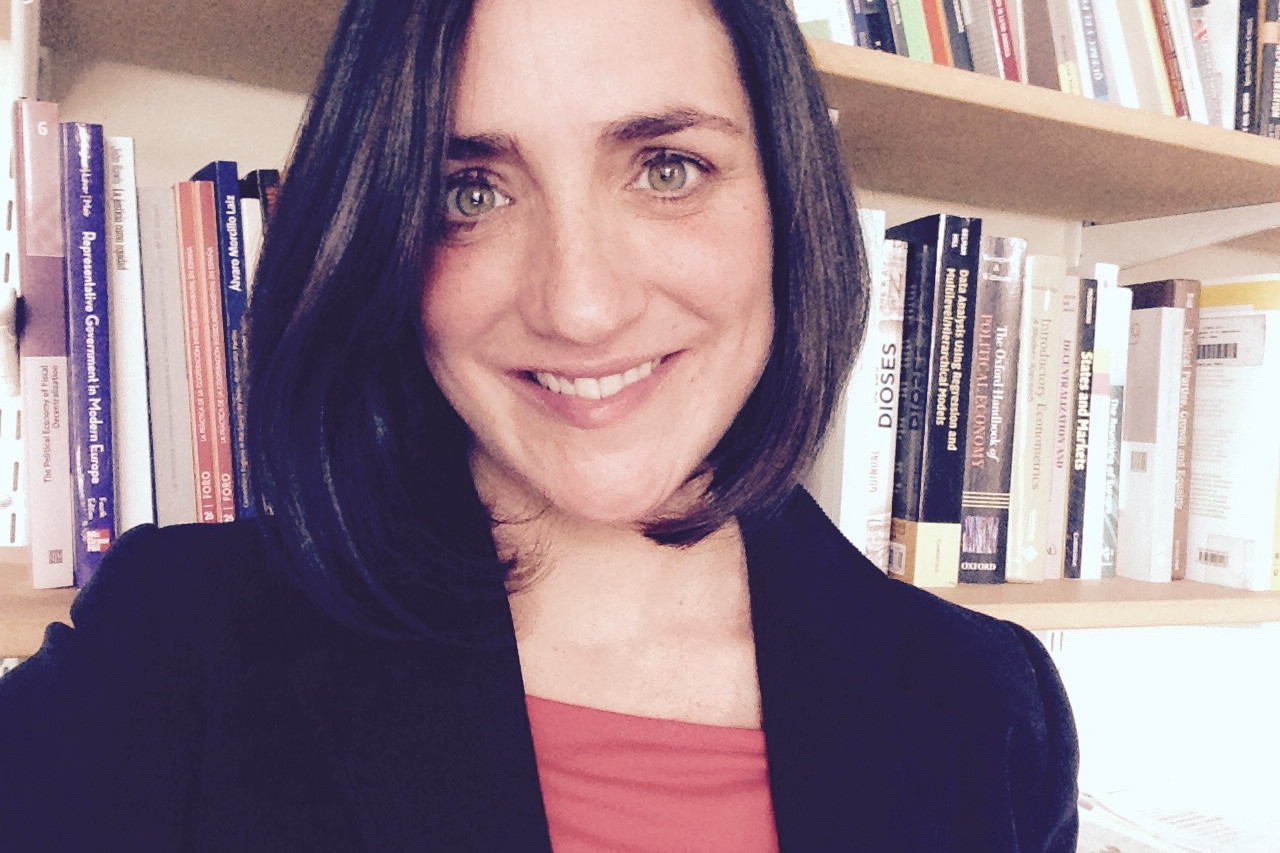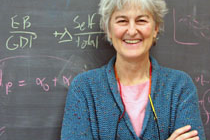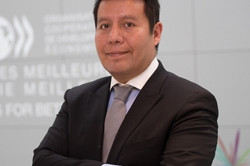
We need to clarify that inequality is a relative concept. It emanates from a comparison between different subjects and situations. In addition, it depends on what you want to measure and how you measure it. The most widespread notion is based on disposable monetary income. Usually it measures how that income is distributed by establishing population segments, starting with the lowest level of income, and observing what portion of income belong to each segment. The most common indicator in this regard is the so-called Gini index. It calculates the distance between the proportions of population under consideration, which represents available income. If there is any difference, that is, if each one bears the same proportion of income, the rate is zero (absolute equality). On the contrary, when income is fully concentrated, a group or person has everything and others have nothing, the value of the Gini index is one. Hence, the closer to zero the index, the lower the inequality (and the greater the equality); and conversely, as it approaches one, inequality grows.
Inequality in Spain
Spain has normally a degree of inequality above the European average, but below countries such as the US, UK or most of the countries with low per capita income. That is why Spain is ranked as a country with high inequality compared to their immediate surroundings, and middle inequality when considering the whole world or OECD countries. Inequality in Spain was already above the EU average before the crisis, and that difference has worsened during it (Table 1). The aggregate income is more unevenly distributed and there is greater income gap between the extremes.
Beyond inequality, the personal situations are marked by the perception of whether or not they have what is necessary to live. However, the poverty rate is a relative term. This is defined in the European Union as the percentage of people with a disposable income below the threshold of the risk of poverty (expressed in purchasing power parities), which is set at 60% of the median national disposable income equivalent after social transfers in the respective country. Spain has a poverty rate well above the European average.
In addition to having an income below this threshold (poor), those living in households where the majority of its members are unemployed and those who lack the basics of life are also at risk of being poor or socially excluded, issues that may be coincident or not in the same subject. Spain also has a higher risk of poverty or social exclusion, both because there is a higher percentage of everyone with low incomes (poverty rate) and because there is a higher degree of unemployment affecting more households (population in households of low occupational intensity). However, the rate of severe material deprivation, even although it has risen, is well below that of the whole of Europe. Family support, benefits provided by various welfare institutions such as Caritas, Red Cross and other social services, as well as the ease of access to education and health services, although the latter has suffered major cuts, explain this apparent paradox. In any case, in 2012 about 17% of people or households said that they were lacking at least three basic goods and services and over 30% had considerable difficulty making ends meet.
The risk of poverty tends to be higher in the low-skilled, if they are unemployed, form part of families with more than one child, if they are a woman and live in regions with lower per capita income. However, in comparative terms with the European average, in Spain the situation of pensioners is better for low-skilled women, the unemployed and inactive and single parents, being worse in other cases. It is especially striking that Spain has a particularly high risk of poverty, compared to the average of the European Union, in men with high qualifications in the occupied and families with two or more adults and children. It is also important to consider the fact of owning or not a home. Possession of home in ownership, or having a subsidized or rental reduces the risk of poverty rate, but has little or no impact among the youngest. This group has enormous difficulties to buy a home and if they do, the interest on loans or mortgages negates this advantage, and may even have a negative effect.



